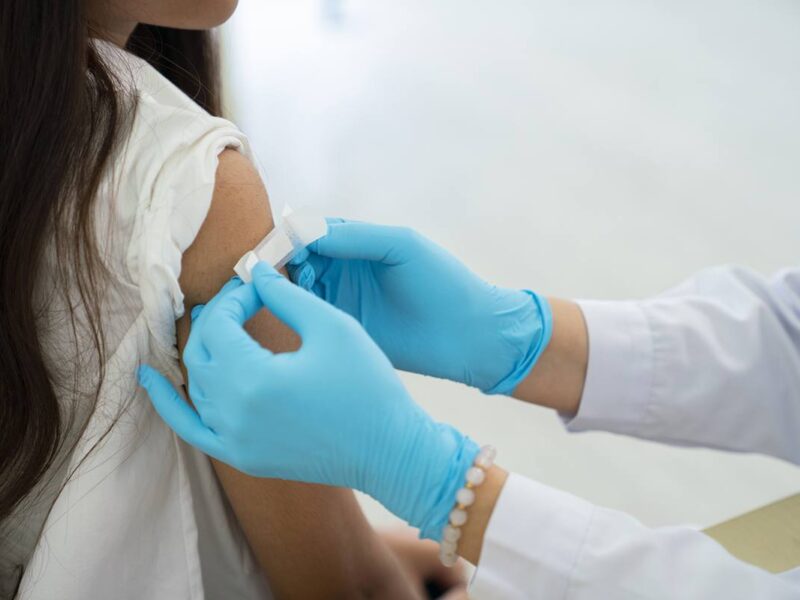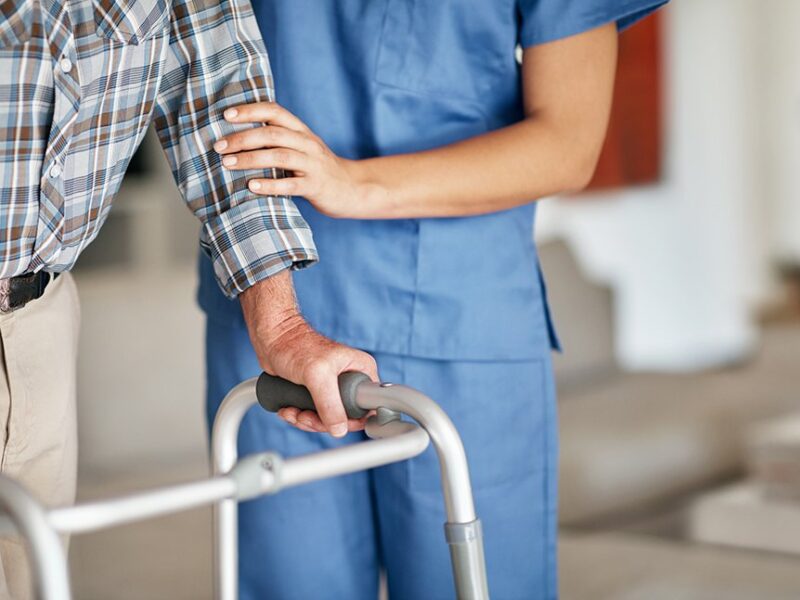Back-To-School Q&A With Provost Fierke
Texas A&M Provost and Executive Vice President Carol A. Fierke spoke with Texas A&M Today this week to answer some of the most common questions from students, faculty and staff related to health and safety.
Where should students go if they have questions?
All of the normal help should still be available: online tutoring and online transitional academic programming. Students should also continue having conversations with their faculty, since faculty will continue having online office hours. Some will be more available online and virtually than face-to-face. Advisors also will be available one day a week for face-to-face sessions, and counselors from Counseling and Psychological Services will be there for students with mental or physical health issues. These services are offered at Student Health Services.
We will practice physical distancing in our indoor spaces, on our buses, and in all common spaces—including bathrooms—which will be cleaned regularly. We will monitor how many people are in each space. We also are working on putting out tents and more outdoor seating so there are more places where students can hang out.
In addition, there’s the new 30-minute passing time, giving students much more time to get from one place to another. Classes spread out over 12 hours will mean fewer people on campus at any one time.
Tell a little more about the tents.
We are looking at renting or buying about 50 tents of about 10 by 25 feet each. At this point, they will not have air conditioning—in fact, no electricity at all—but will be installed where WiFi is available.
What will faculty and students do when someone in a class tests positive?
We are not going to stop classes just because a person has tested positive for COVID-19 since we are practicing physical distancing with face coverings, and since you need to be next to someone for more than 15 minutes and less than six feet away. The regulations in place will minimize the number of people who need to be quarantined relative to any student or faculty or staff member who tests positive.
A student who tests positive needs to self-report through the online portal, but we also will get that information from the health department. The student will be contacted either by a contact tracer or by someone in Student Health Services to identify where they’ve been.
We disinfect classrooms twice a day, so by the time we find out there’s a positive test, that classroom will probably have already been cleaned several times. If the student has been in other spaces that have not been cleaned yet, those also will be cleaned.
Could you clear up the confusion between quarantine and self-isolation?
I think that self-quarantining occurs when you’ve been exposed to someone with COVID-19. Self-isolation occurs when you have tested positive for COVID-19.
We don’t want anyone who has COVID-19, or has been exposed to it—or who just feels ill with a cold or the flu—to come to campus. We want them to join classes remotely and take all the necessary steps to keep everyone on campus as healthy as possible.
What about testing?
Testing is working beautifully on our campus. The A&M System purchased tests and our campus gives 5,000 a month. We use them in various ways, such as random testing to try to identify the amount of asymptomatic COVID-19 on campus. We also test anyone with symptoms so that we can know quickly who actually has COVID-19 and isolate them to try to decrease the spread of the disease. It’s a swab test, and it’s not painful. I actually got one and got my data back in less than 24 hours.
Will students be mandated to log into online classes virtually at a certain time before the class starts?
If it’s a class doing both face-to-face and remote, it likely will be done synchronously. We’ve recommended that faculty also post the recording of that class, although that’s a best practice, not a requirement. Students in the spring semester told us how helpful it was to be able to look at the recordings.
We will have a mix of classes in terms of delivery. That is up to the faculty, and they should be very clear regarding how their class will be delivered. Some online-only classes will be held synchronously, and others will have materials posted so the class requirements can be fulfilled asynchronously. Students who are taking classes remotely can use the computer labs or WiFi on campus.
The point is that students should definitely keep in contact with their faculty if they have trouble with technology or are ill. They should make sure that their professors understand what’s going on.
What should students do if the technology on their end fails?
First, it’s important to note that everybody is required to have a device starting this fall. This can be part of the financial aid calculation, and emergency aid also is available to help with this purchase.
Not having WiFi is a more difficult problem, but if you’re near campus, you can come to campus and get WiFi. Students who live at home and join classes remotely should work with their professors one-on-one to identify a place nearby where they can get WiFi. The AgriLife research centers made sure that there was WiFi in the parking lots, so we know there are places with WiFi access.
What are the different teaching formats this semester, and will students learning virtually have the same resources on campus?
All other amenities on campus will be available to students. Students learning virtually can come to campus and access the library and computer labs. Students who are a hundred percent remote should tell their professors so the faculty have some sense of how many students are in their classrooms versus remote.
Can students who are in town go home to see their parents?
We hope that students will stay on campus and limit travel. We want to manage infection levels in our community, and the more our students travel, the more likely it is that they’re going to take infection to their hometown and also bring infection back to campus.
Will students who leave campus need to quarantine?
At this point, we don’t have any quarantine regulations except for international travel, but that could change as we look at Texas relative to other states.
What do you recommend for international students?
It’s very difficult to get a visa if you’re an international student and out of the country right now. We expect just a very small number of new international students, mostly those who were already in the United States. It’s also difficult for international students already in the country to get their visas renewed, so we recommend that they work very carefully with [International Students Services] on this issue.
What factors go into the decision to go online only, or a mix of online and in-person?
We will not go all or nothing this semester. The first classes we would move to remote-only are the very large classes in very large spaces. Then, if the infection continues, we’ll make classes smaller and smaller. Because we’re doing every class face-to-face and remote already, we can easily switch to remote—and back again—if things look better later in the semester.
We look at about 20 different metrics to make that decision: healthcare facilities; the number of students, faculty, and staff who have COVID-19; our ability to quarantine anyone who needs a room; places where people could be quarantined; what’s happening in the community; available childcare and K-12 schooling, and others. And we’re not just looking in Brazos County. We’re also looking at what’s happening in McAllen and Dallas-Fort Worth and anywhere we have sites.
What other things are you looking at?
We are working on wastewater sampling to understand how much virus we have on campus. We also hope to identify the virus by looking at certain dorm areas.
We also are looking at developing other ways of testing. We have adequate testing right now, but we can’t test everyone every week, so we’re trying to develop other mechanisms whereby we could quickly test large populations.
Where can students, faculty and staff get free antibody testing?
The antibody test only tells you whether you’ve had it or not. It is inexpensive but some of these tests are not as accurate as you might like. Plus, they are meaningful only when you expect that a significant percentage of your population has had COVID-19. I don’t think we’re there yet, but that certainly might be worthwhile next semester.
What do you want faculty to know?
To continue teaching, but to always keep a physical distance from the students, which is going to be difficult for those used to hugging. But that’s the most important factor for keeping our faculty and staff safe—to maintain physical distancing and to wear face coverings.
We’ve also changed the ventilation in many classrooms so that there are significant air changes over an hour, to decrease the viral load in the air.
One of our biggest worries is the behavior of the students outside of class, so we are talking to them about the importance of maintaining physical distancing, wearing face masks and not having large gatherings.
That will be essential for us to maintain our face-to-face classes and to have football and other athletic events. We have to rely on the students being responsible enough to self-monitor and keep themselves healthy so we can keep our campus community and local community healthy.
Media contact: Kelly Brown, kelly.brown@tamu.edu





